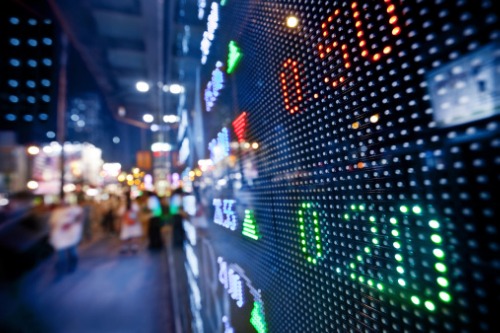While ETFs aren’t necessarily weapons of mass destruction, they can suffer during drastic market movements

The low-cost, passive investing style typical among many ETFs has made them popular among investors. However, that same passive style is also the main reason why some have blamed them for causing or exacerbating stock-market panics.
But advocates argue that ETFs, rather than being a cause, were casualties in catastrophic events that they had no control over. “A flash crash happens very quickly and recovers very quickly," said Ed Coughlin, director of trading services for Nasdaq, in an article on Investors.com.
An infamous flash crash that happened on May 6, 2010, Coughlin said, was not an ETF event but a market event; sell orders came in so rapidly and buyers couldn’t keep up, causing order imbalances to flood the market. The US Securities and Exchange Commission (SEC) blamed it on high-frequency traders. But stop-loss orders that retail ETF investors had set up were also triggered, creating further downward pressure on prices.
“Stop-loss orders don't guarantee that you're going to minimize your losses,” said Shelly Antoniewicz, senior director of industry and financial analysis at the Investment Company Institute. Antoniewicz said people use stop-loss orders today much less than in the past; limit orders, which have specified thresholds for prices and number of shares, were better options.
Following the 2010 incident, the SEC set up circuit breakers for both individual stocks and the general market. Stocks that move more than 10% at the open or close, or 5% during the rest of the trading day, are halted for five minutes; if it resumes and opens down more than 5%, it’s halted again.
Those circuit breakers kicked in on August 24, 2015, and led to a second flash crash. Responding to a crash in the Chinese stock market, the Dow Jones industrial average plummeted 1,087 points within the first 15 minutes of trading, triggering many stock halts and delaying many others from opening.
“ETFs didn't cause the problem, but had difficulty because of a structural problem in the reopening mechanism,” Coughlin said. That was due in part to the fact that with many of their underlying stocks halted, many ETFs couldn’t find a net asset value (NAV) that reflected the fair value of their holdings.
Another problem was that the NYSE Arca exchange, where 85% of all exchange-traded products in the US were listed, used a different reopening procedure from all the other exchanges. Following that event, the exchanges agreed to a uniform set of reopening processes so that the industry can react and provide liquidity more smoothly.
In February this year, the US stock market dropped by 10%, causing the VIX to jump 100% on Feb. 5. The VelocityShares Daily Inverse VIX Short Term Exchange-Traded Note — which was an unsecured debt instrument that promised to pay the inverse of the VIX — consequently blew up and was forced to liquidate all its assets.
“The product did what it was supposed to do, which was fall sharply. That wasn't the intent, but that's how it was constructed," said Todd Rosenbluth, director of ETFs and mutual fund research at CFRA. “The lesson from that is investors need to know what they own.”
Follow WP on Facebook, LinkedIn and Twitter



